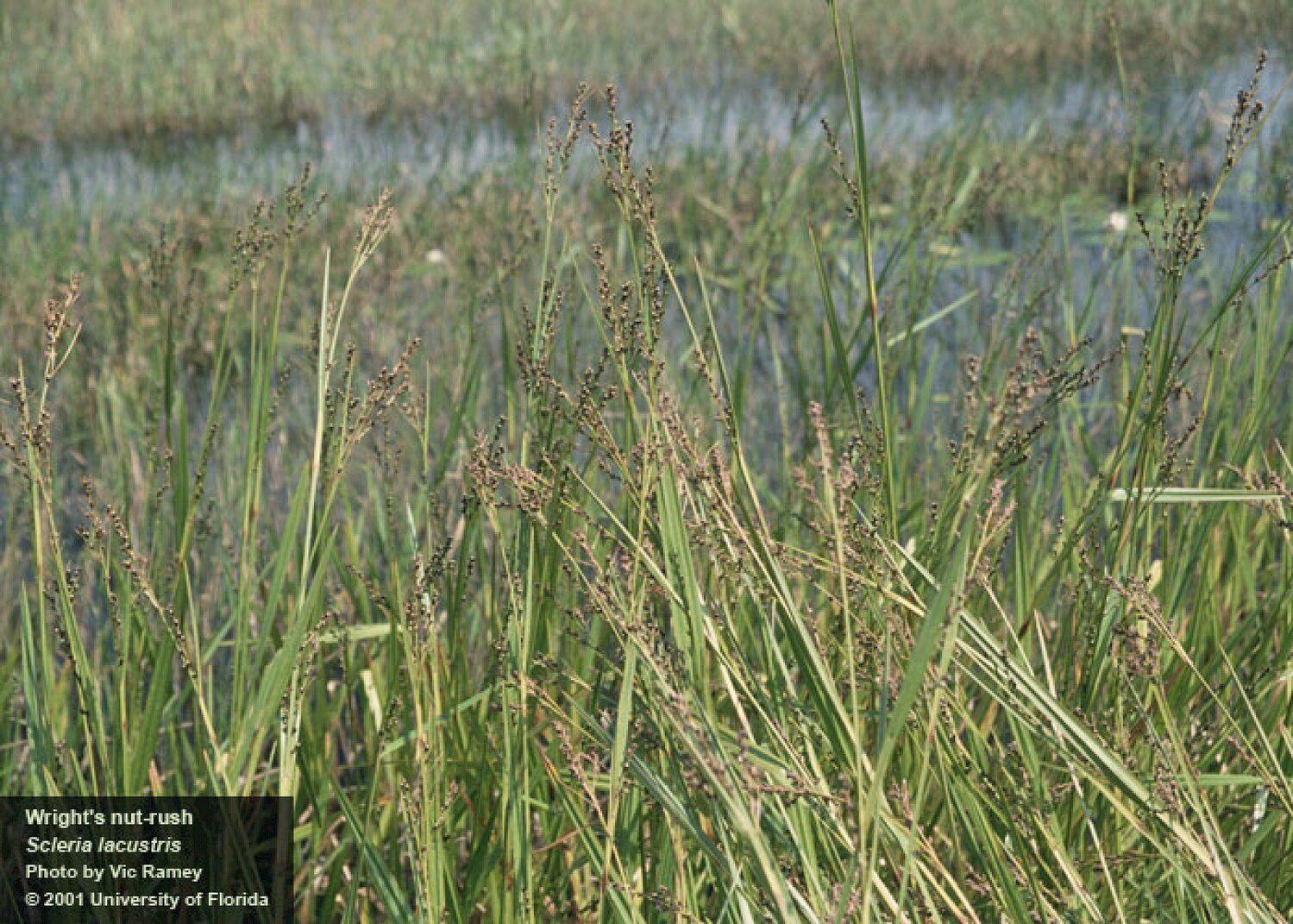The Florida Fish and Wildlife Conservation Commission (FWC) will conduct an aerial treatment for plant control in portions of Lake Okeechobee …
Join our family of readers for as little as $5 per month and support local, unbiased journalism.
Already have an account? Log in to continue. Otherwise, follow the link below to join.
Please log in to continue |

The Florida Fish and Wildlife Conservation Commission (FWC) will conduct an aerial treatment for plant control in portions of Lake Okeechobee the week of June 26, weather permitting. The FWC will treat invasive Wright’s nutrush (Scleria lacustris) in areas where it is encroaching on beneficial native emergent vegetation and could impact access to navigation.
These treatments will take place within the southwest marshes and will not affect boat traffic. To find out more about the herbicides being used and if there are any use restrictions associated with these treatments, visit MyFWC.com/Lakes and click on the “Plant Mgmt Schedule of Operations” under the “Aquatic Plants” dropdown menu.
For general waterbody information, fishing forecasts, virtual tours, plant control operation schedules and annual workplans, boat ramp information, and more, visit the “What’s Happening on My Lake” website at MyFWC.com/Lakes.
For more information about the treatment, contact Sarah Palladino, FWC invasive plant management biologist, at 352-601-1367.
According to the University of Florida Insitute of Food and Agricultural Sciences (UF/IFAS), Wright’s nutrush is a non-native sedge that has been increasing in Florida wetlands. It was first recorded for Florida in 1988 in Jane Green Swamp, an herbaceous marsh in the Upper St. Johns River Basin. Introduced populations remained small and localized in Florida until 2001 when hundreds of acres were reported in the Blue Cypress Water Management and Conservation Areas in the Upper Basin of the St. Johns River. During 1999-2002, a period of extended drought, populations expanded dramatically in marshes of the Upper Kissimmee Basin, into wetlands of the Okaloacoochee Slough, and in natural areas in Lee County.
The plant spreads via abundant and highly viable wind dispersed seeds. It alters the composition and structure of native wetland communities.
Seed is primarily transported by airboats. Airboats moving across wetland vegetation will shatter seed heads and become effectively contaminated in the process. A shop vacuum lined with a heavy paper bag is recommended to clean out boats.